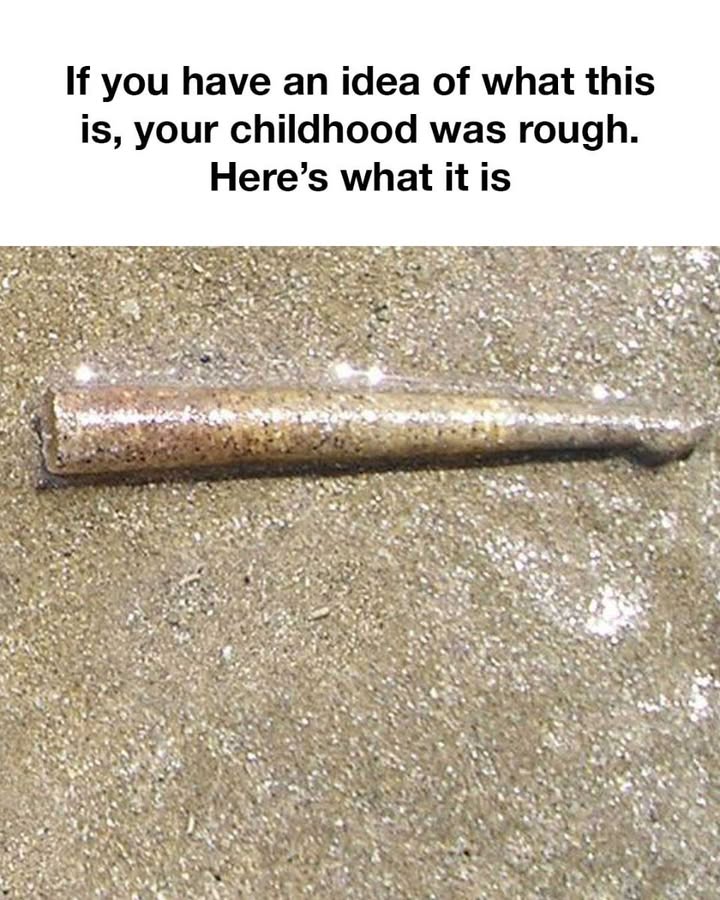In the tapestry of childhood memories, certain objects stand out not for their charm or nostalgia, but for the peculiar sense of unease they evoke. If you have ever come across a trumpet worm nest, you might recall a mixture of curiosity and dread. These nests, often found in the most unexpected places, are a testament to the resilience and adaptability of nature. For those whose childhoods were marked by encounters with these enigmatic structures, the memories are vivid and unforgettable. This article delves into the mysterious world of trumpet worm nests, exploring their origins, significance, and the impact they have on those who grew up in their presence.
The Origins of Trumpet Worm Nests
Trumpet worm nests are the intricate creations of a specific type of marine worm known as the trumpet worm. These worms are part of the polychaete family, known for their segmented bodies and bristly appendages. The nests themselves are tubular structures, often composed of sand, shell fragments, and other debris, meticulously assembled by the worms. Found primarily in coastal regions, these nests serve as both a home and a protective barrier for the worms against predators and environmental challenges. The construction of these nests is a fascinating process, showcasing the ingenuity and resourcefulness of these small creatures.
Why Trumpet Worm Nests Existed in Childhood Environments
For many, childhood was a time of exploration and discovery, often in natural settings such as beaches, riverbanks, or coastal areas. It was in these environments that trumpet worm nests were frequently encountered. The presence of these nests in childhood environments can be attributed to the proximity of many communities to coastal regions, where these worms thrive. Additionally, the natural curiosity of children often led them to explore and interact with their surroundings, increasing the likelihood of encountering these peculiar structures. For some, these nests became a symbol of the untamed and sometimes unsettling aspects of nature that punctuated their formative years.
Recognizing Trumpet Worm Nests: A Guide
Identifying a trumpet worm nest is relatively straightforward once you know what to look for. These nests are typically cylindrical and can vary in size, often resembling a small, sandy tube protruding from the ground or attached to a hard surface. The texture is rough, composed of sand and shell fragments, and the color can range from light beige to dark brown, depending on the materials available in the environment. Observing the nest closely, one might notice the tiny openings through which the worm extends its body to feed and interact with its surroundings. Recognizing these nests can be a fascinating exercise in understanding the complexity of marine life and its interactions with terrestrial environments.
What to Do When You Spot a Trumpet Worm Nest
Next Page
What to Do When You Spot a Trumpet Worm Nest
Upon discovering a trumpet worm nest, the best course of action is to observe and appreciate it from a distance. These nests are delicate ecosystems, and disturbing them can harm the worms and disrupt their habitat. If you are with children or others who are curious about the nest, take the opportunity to educate them about the importance of respecting wildlife and preserving natural habitats. Documenting the nest through photographs can be a great way to capture the moment without causing any harm. Remember, these nests are a testament to the wonders of nature and should be treated with care and respect.
The Impact of Trumpet Worm Nests on Childhood Experiences
For those who grew up in areas where trumpet worm nests were common, these structures often left a lasting impression. The nests were a source of intrigue and sometimes fear, representing the mysterious and often misunderstood aspects of nature. For some children, encountering these nests was a rite of passage, a moment of confronting the unknown and learning to coexist with it. The presence of trumpet worm nests in childhood environments also fostered a sense of connection to the natural world, encouraging exploration and a deeper appreciation for the complexity of ecosystems. These experiences, while sometimes unsettling, contributed to a richer and more nuanced understanding of the world.
Conclusion: Reflecting on Rough Childhood Memories
Reflecting on childhood memories, especially those involving encounters with trumpet worm nests, can evoke a range of emotions. For some, these memories are a reminder of a rough and challenging upbringing, marked by the harsh realities of nature and the resilience required to navigate them. However, they also serve as a testament to the curiosity and adaptability of children, who learn to find wonder and beauty in the most unexpected places. As we revisit these memories, it is important to acknowledge the role they played in shaping our understanding of the world and our place within it. Ultimately, the experience of encountering trumpet worm nests is a reminder of the enduring impact of nature on our lives and the importance of preserving it for future generations.

